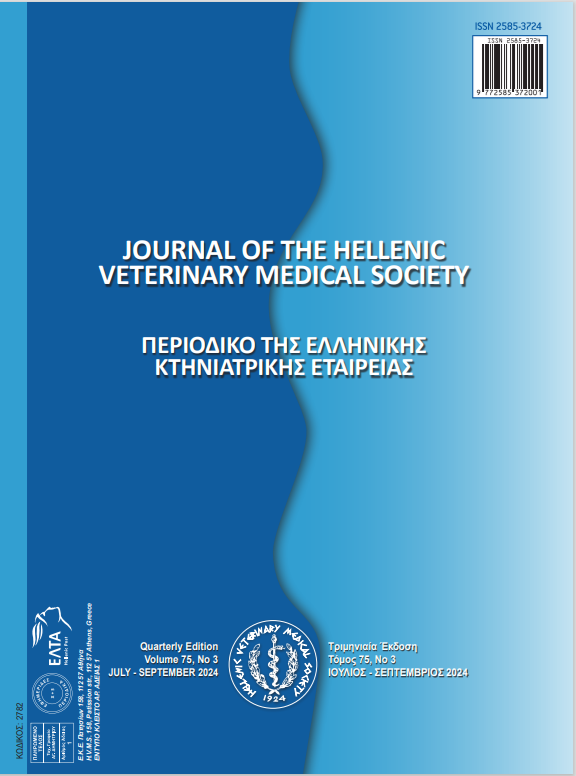Comparison of Fatty Acid Profile and Proximate Composition of Three Native Trout Species: Health Benefits and Risk Assessments Associated with Their Consumption

Abstract
Evaluating fish's nutrient content could provide essential guidance for fish consumption and the protection of human health. This study investigated the biochemical composition and fatty acid profiles (FA) of three native trout species: Salmo rizeensis, Salmo ardahanensis, and Salmo coruhensis. This is the first study to characterize FA content and lipid quality indices of S. rizeensis, Salmo ardahanensis, and S. coruhensis. The highest crude protein and crude fat were found in S. ardahanensis and S. rizeensis, respectively. Although there was no significant difference (p < 0.05) among trout species on crude protein, the crude fat content of S. rizeensis was significantly higher (p < 0.05) than the other species. The FA compositions of trout species ranged from 29.22% to 40.12% saturated FAs (SFA), 27.57% to 37.67% monounsaturated FAs (MUFA), and 26.54% to 28.41% polyunsaturated FAs (PUFA). The most dominant FAs were palmitic acid (C16:0) among SFAs, oleic acid (C18:1n9c) among MUFAs, and linoleic acid (C18:2n6c), eicosapentaenoic acid (EPA; C20:5n3) and docosahexaenoic acid (DHA; C22:6n3) among PUFAs. These species were found to be rich sources of EPA+DHA in the range of 10.49-15.58%. The highest fish lipid quality index (FLQ) and EPA+DHA content were found in S. ardahanensis, while the highest h/H value was in S. coruhensis. The atherogenic index, thrombogenic index, and ∑n-3/n-6 ratio of all species were within the limit range reported by international organizations. These results showed that all trout species used in this study could be considered as a beneficial and balanced food source for human consumption in terms of rich protein content, FA ratio, and lipid quality indices in future fish farming.
Article Details
- How to Cite
-
Karsli, B., Çağlak, E., & Kaya , C. (2025). Comparison of Fatty Acid Profile and Proximate Composition of Three Native Trout Species: Health Benefits and Risk Assessments Associated with Their Consumption. Journal of the Hellenic Veterinary Medical Society, 75(3), 7655–7664. https://doi.org/10.12681/jhvms.33319 (Original work published October 21, 2024)
- Issue
- Vol. 75 No. 3 (2024)
- Section
- Research Articles

This work is licensed under a Creative Commons Attribution-NonCommercial 4.0 International License.
Authors who publish with this journal agree to the following terms:
· Authors retain copyright and grant the journal right of first publication with the work simultaneously licensed under a Creative Commons Attribution Non-Commercial License that allows others to share the work with an acknowledgement of the work's authorship and initial publication in this journal.
· Authors are able to enter into separate, additional contractual arrangements for the non-exclusive distribution of the journal's published version of the work (e.g. post it to an institutional repository or publish it in a book), with an acknowledgement of its initial publication in this journal.
· Authors are permitted and encouraged to post their work online (preferably in institutional repositories or on their website) prior to and during the submission process, as it can lead to productive exchanges, as well as earlier and greater citation of published work.


